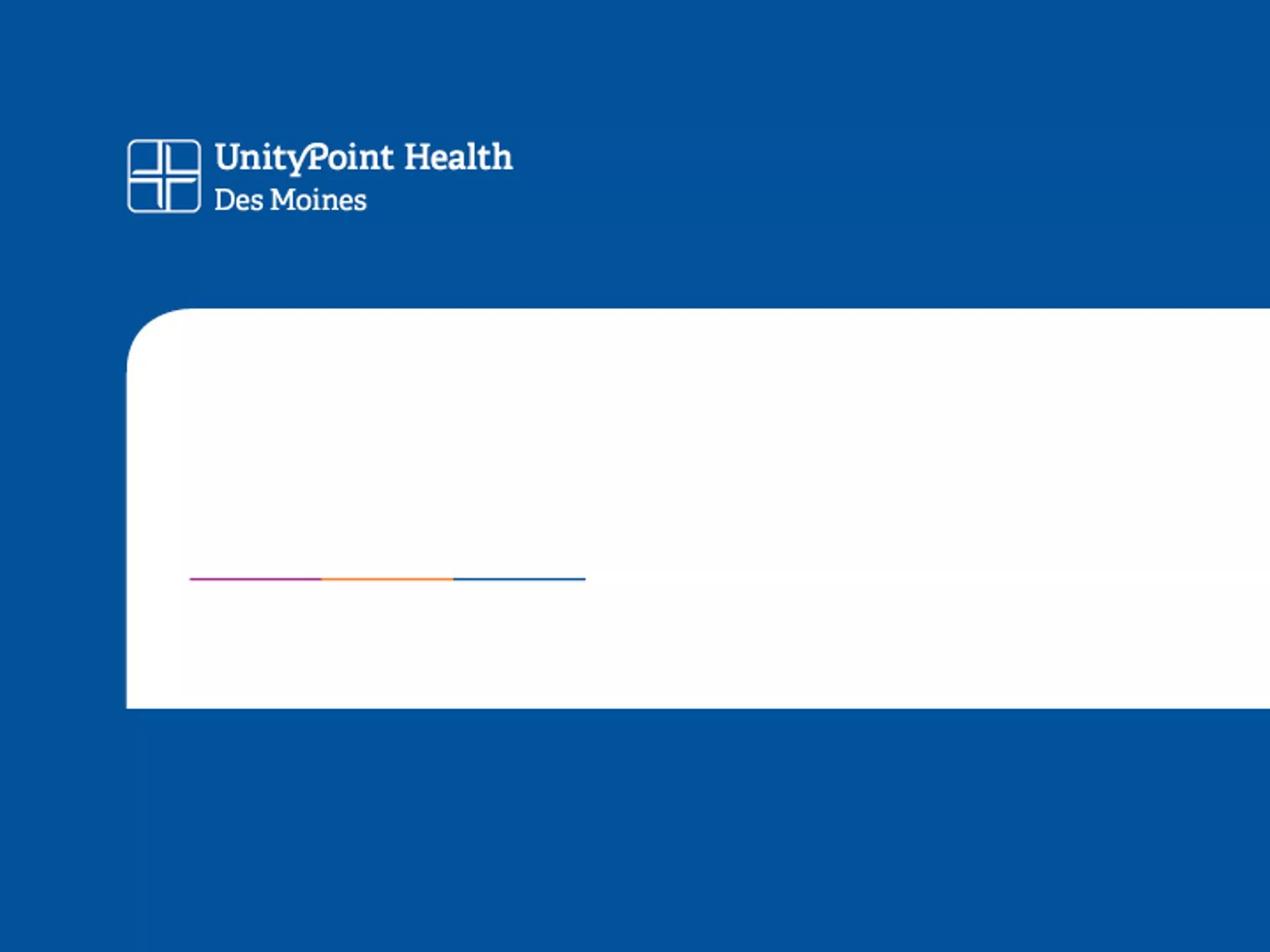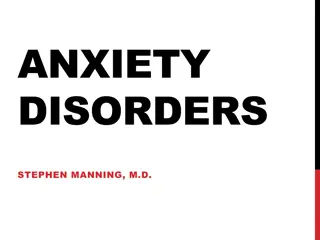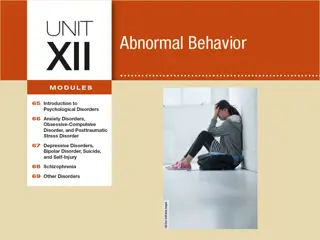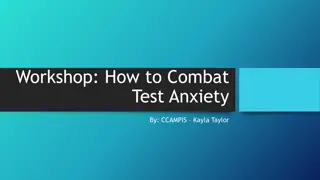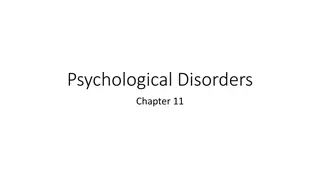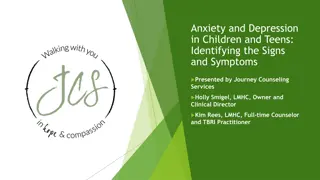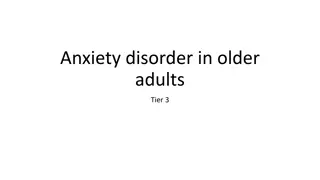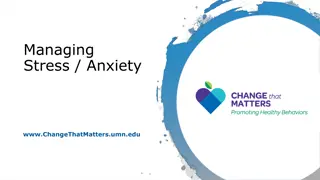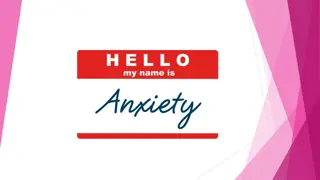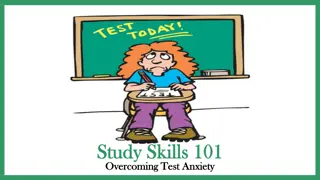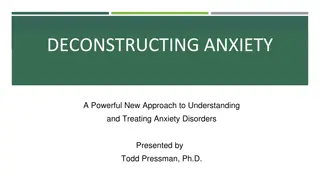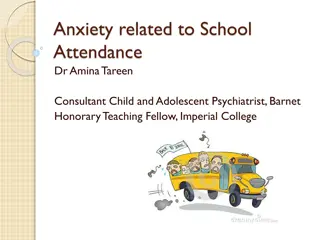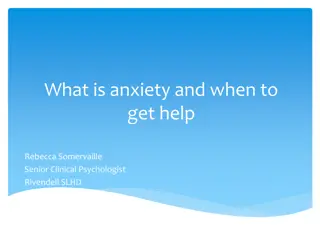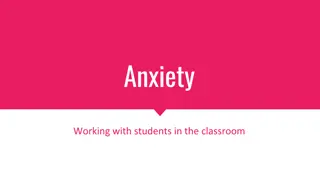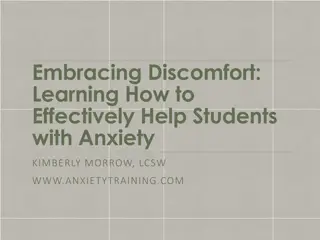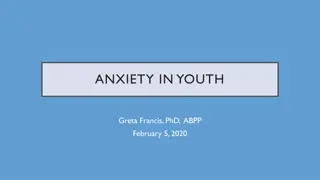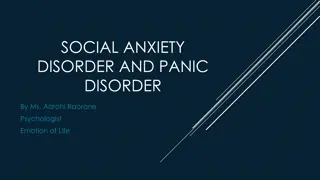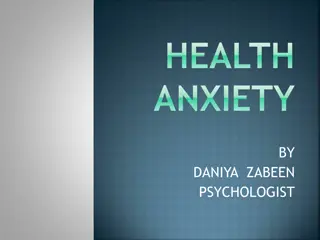Recognizing Signs of Anxiety Disorders
Anxiety disorders manifest in various ways, such as excessive worry, irrational fears, panic attacks, and intrusive thoughts. These disorders can interfere with daily life, affecting personal relationships and performance. Symptoms may mimic other conditions like ADHD or depression. It is crucial to be aware of these signs to seek appropriate help and support for those experiencing such challenges.
Download Presentation

Please find below an Image/Link to download the presentation.
The content on the website is provided AS IS for your information and personal use only. It may not be sold, licensed, or shared on other websites without obtaining consent from the author.If you encounter any issues during the download, it is possible that the publisher has removed the file from their server.
You are allowed to download the files provided on this website for personal or commercial use, subject to the condition that they are used lawfully. All files are the property of their respective owners.
The content on the website is provided AS IS for your information and personal use only. It may not be sold, licensed, or shared on other websites without obtaining consent from the author.
E N D
Presentation Transcript
Reaction to stress Fight or flight response Response to stress Resolves after stress is removed Appropriate at certain stages of development
Excessively frightened, distressed, and uneasy during situations in which most others would not feel those symptoms
Interference in daily life Overwhelming Chronic Common (10% possibly more) Under diagnosed No single cause, situational and/or neurochemical (serotonin)
Generalized Anxiety Disorder Exaggerated worry about routine events Separation Anxiety Disorder Fearful and nervous when away from home or separated from a loved one Social Anxiety Disorder Hypersensitivity to criticism, difficulty being assertive, low self-esteem, performance issues Generalized Anxiety Disorder Separation Anxiety Disorder Social Anxiety Disorder
Obsessive Compulsive Disorder Repeated, intrusive, and unwanted thoughts (obsessions) and/or rituals that seem impossible to control (compulsions) Phobias A disabling and irrational fear of something that really poses little or no actual danger Panic Disorder Sudden feelings of terror that strike repeatedly and without warning Post Traumatic Stress Disorder Persistent symptoms after experiencing a trauma such as abuse, natural disasters, or witnessed violence Obsessive Compulsive Disorder Phobias Panic Disorder Post Traumatic Stress Disorder
Symptoms can look like other disorders ADHD Depression Oppositional Defiant Disorder Symptoms can look like other disorders
Reaction to something AT school Obsessions, compulsions, rituals Needing to finish Fear of mistakes Having something just right Wanting to be safe at home Wanting to check on family members Ruminating Overwhelmed by time constraints
Uptight, overly tense Vigilant Needs reassurance Avoids activities, school refusal Eager to please Unable to participate Easily overwhelmed
Tantrums Appear dependent, withdrawn, or uneasy Either overly restrained or overly emotional Perfectionist or rushes Difficulty with assignments Timed activities and Tests are difficult
Hyperventilating Trembling Startles easily Tiredness/fatigue Cries easily
Transitions A.M.s, weekend to week, switching grade levels Home stressors Divorce, death, financial problems, illness, moving School issues Bullying, social problems, learning problems, conflicts with teachers, sensitivity to environment
What If? Individual thoughts Fears, concern about others, mind loop Anticipation Performance, reactions from others Environmental fears Someone getting angry, contamination, what others are doing
What Can Help? What Can Help? Awareness Knowledge Understanding Symptoms may not be obvious in classroom Awareness Anxiety is possible and more common than we might think Something at school may be triggering the Knowledge Signs and symptoms Use available resources such as parents, Understanding response treatment team, Internet for information The problem may not be what it appears to be
Adapting the Environment Adapting the Environment Transition plans Having safe person(s) to talk to Being on premises but in a safe place Breaks to regroup Not having to wait to use their management plan Ability to use coping mechanisms to calm down away from others i.e. deep, patterned breathing, relaxation, music, talking to a trusted person
More Adaptations More Adaptations Talking about issues away from others Removing time constraints Extra time for assignments Break assignments into smaller pieces Take tests in private or with more time Alternatives to public speaking Routine and preparation if there is a Written instructions Seeing new work in advance change
Anxiety is difficult to manage even for adults with more life experience. Children and adolescents need our help and understanding when learning to deal with anxiety and function in their daily lives!
Call Insurance Company to find out. If Mental Health/Behavioral Health are covered on your plan What clinics they cover If you need a referral from them to the clinic
UnityPoint Health Des Moines Student Assistance Program 263-4004 UnityPoint Health Des Moines Counseling & Psychiatry 241-2300 Des Moines Pastoral Counseling Center 274-4006 Orchard Place Child Guidance Center 244-2267
National Alliance on Mental Illness www.nami.org American Academy of Child and Adolescent Psychiatry www.aacap.org International OCD Foundation www.ocfoundation.org National Institute of Mental Health www.nimh.nih.gov

 undefined
undefined
